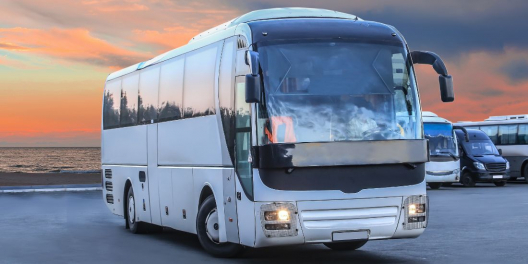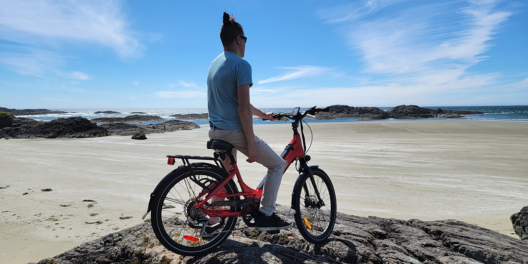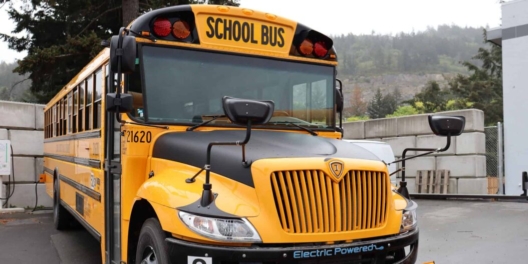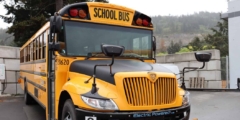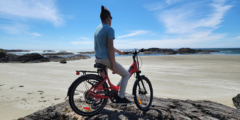In times of crisis, humans will still scrape together enough change to buy essential things–food and alcohol usually top the list of recession-proof products. Chocolate also seems to be essential Mars Bars and Snickers were invented during the Great Depression.
Well, add bikes to that list.
Since March 2020, when COVID-19 crash-landed into our lives, sales of bikes have been booming. And not just one kind of bike, sales of all types of bikes have spiked up––mountain, road, cruiser, gravel, and e-bike.
Many bike makers were out of inventory before the summer of 2020. In fact, the BC government deemed bike shops an essential service. That elevated bike mechanics to the status of emergency room docs.
Customers lined up outside the door. Bike shops in the Comox Valley, Campbell River, Parksville and elsewhere were booking appointments for bike servicing two, sometimes three, weeks out. Store owners watched their shelves being emptied, thanks to a combination of record demand and supply chain disruptions.
The market for used bikes, high-end or otherwise, became hotter than ever.
Despite the added stress of operating a retail business during COVID-19, the last few years have been good ones to be in the bike business. In 2020, BC-based Rocky Mountain Bikes posted its best year of sales since it was founded in 1981.
In North America, there was a previous bike boom. In the early 1970s, annual sales of bikes in the US more than doubled from 6 million, where they had stagnated for years, to 14 million in 1972. States passed bicycle-oriented bills by the hundreds, spurned in part by high fuel prices and public backlash against the auto industry’s gas guzzlers. Four years later, the boom was a bust.
However, we live in a different world now.
Though the pandemic surge of impulse buying has waned a little, there’s a sense this bike boom might last.
Biking infrastructure is now part of public policy in large cities like Victoria and smaller ones in the Comox Valley. Planners and politicians are making cycling a priority as they plan for the future of transportation.
Asphalt is being reclaimed from motor vehicles to make room for dedicated bike lanes. For example, the City of Victoria is constantly adding to its cycling network as part of an Official Community Plan. By 2041 Victoria aims to have its citizens walking, biking, running or using public transit for 60 percent of all trips within the city (and 70 percent of work commutes.)
Bicycles are becoming a much more viable and practical urban transportation option. It can make for healthier cities and happier citizens. Throw e-bikes into the mix, and the future of bicycle commuting looks even brighter.
At the same time, mountain biking isn’t the fringe pursuit of spandex-wearing aerobic nerds it used to be. Today, 6-year-olds, grandpas and grandmas, and everyone in between is getting into it. The trails around Cumberland get more than 50,000 visits every year. In addition, well-established trail networks on Quadra Island, Hornby Island, Qualicum, Nanaimo and Cowichan Valley have become destinations for active travellers.
Bike-related tourism helps to support small local businesses, from bike shops to restaurants. Pick any Vancouver Island town, and there’s probably someone out there building trails in the woods.


